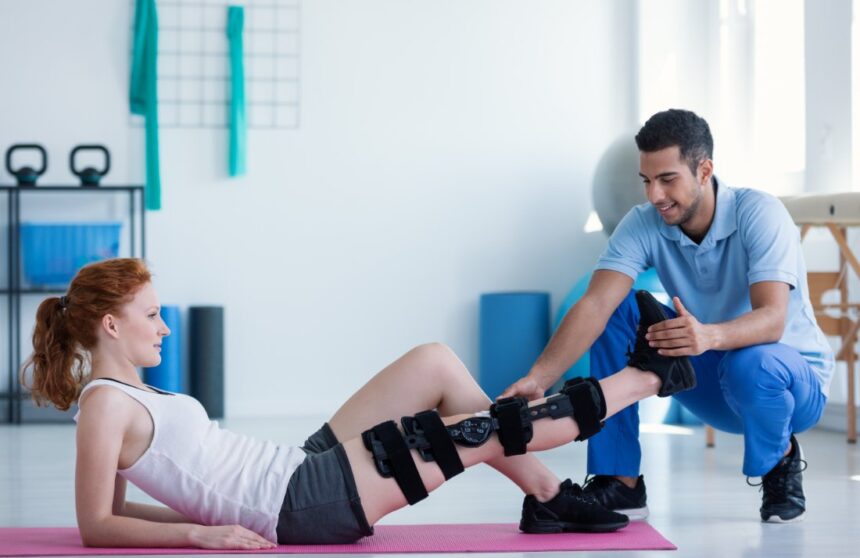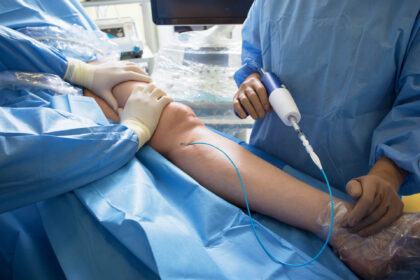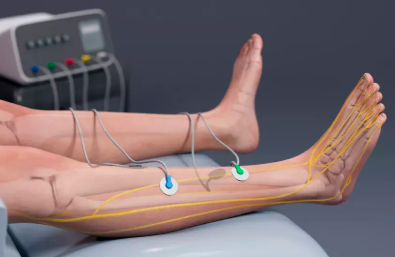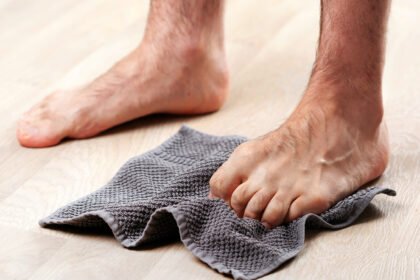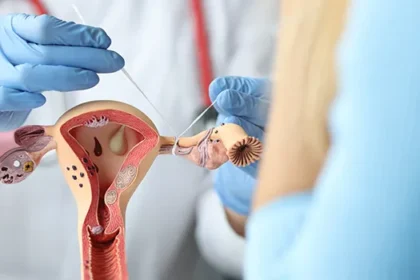Sports medicine offers athletes and active individuals specialized treatments to support injury recovery and enhance performance. Rehabilitation approaches combine evidence-based techniques with tailored care plans to address musculoskeletal issues. These methods focus on improving strength, mobility, and function. Here are a few rehabilitation techniques in sports medicine for athletes:
Common Athletic Injuries
Sports medicine focuses on preventing, diagnosing, and managing injuries related to physical activity. It supports individuals across all activity levels, from professional athletes to casual exercisers and those in physically demanding jobs. This field emphasizes strategies that promote safe movement, enhance performance, and reduce the likelihood of recurring injuries.
- Sprains
- Muscle strains
- Fractures
- Joint injuries
- Overuse injuries
- Tendinitis
- Osteoarthritis
- Achilles tendon ruptures
Conservative Treatment Approaches
Practitioners often emphasize non-invasive rehabilitation techniques. Initial injury management typically involves rest, ice, and elevation to support the body’s natural recovery processes. Over-the-counter pain relief can be used to manage discomfort while tissues begin to heal.
Physical therapy is a key component of rehabilitation, where therapists design personalized exercise programs to restore strength, flexibility, and range of motion. These programs progress gradually, allowing injured tissues to adapt safely. Occupational therapy can complement this care by focusing on functional movements specific to the athlete’s sport, helping to restore the precise motor skills needed for optimal performance.
Advanced Rehabilitation Techniques
Modern athletic rehabilitation incorporates regenerative medicine techniques to support and accelerate healing. Platelet-rich plasma (PRP) therapy uses concentrated growth factors from a patient’s own blood to encourage tissue repair. This minimally invasive option is being explored for various musculoskeletal injuries.
Adjusting activity is another aspect of comprehensive rehabilitation. Specialists guide athletes in modifying training routines, techniques, and equipment to protect healing tissues while allowing continued participation. Lifestyle adjustments, such as weight management and smoking cessation, can further support recovery by reducing joint stress and enhancing circulation to damaged areas.
Injury Prevention Strategies
Athletic care focuses on preventing injuries as well as addressing existing ones. Technique guidance and movement analysis help protect vulnerable tissues and improve performance. Safety equipment absorbs impact and reduces the severity of injuries during high-risk activities. Pre-exercise warm-ups and dynamic stretching prepare muscles and joints for activity, while also reducing the risk of injury.
Surgical Intervention Options
Some sports-related injuries require surgical intervention, including severe fractures, complete tendon ruptures, and advanced joint damage. Minimally invasive techniques, such as arthroscopy, reduce recovery time and minimize damage to surrounding tissues. Total joint replacement may be necessary for degenerative conditions like severe osteoarthritis. Modern prosthetic joints enable many patients to resume recreational activities after rehabilitation.
Comprehensive Assessment Role
Effective sports rehabilitation begins with a thorough evaluation. Reviewing a patient’s medical history helps identify risk factors and previous injuries that may influence treatment decisions. A physical examination assesses the current severity of the injury and any functional limitations, providing a foundation for a tailored rehabilitation plan.
Diagnostic imaging can provide additional insight into tissue damage and the progress of healing, supporting informed treatment adjustments. Goal-setting discussions align the rehabilitation program with individual athletic objectives. Whether aiming to return to competitive sports or maintain recreational fitness, these programs adapt to meet specific performance needs.
Explore Your Sports Medicine Options
Sports medicine focuses on athletic health and performance through the monitoring and provision of proactive care. Training guidance, load management, and recovery strategies help prevent injuries. Nutrition support aids healing and reduces future risks. Consulting a sports medicine professional can help athletes return to activity safely and maintain their health.


